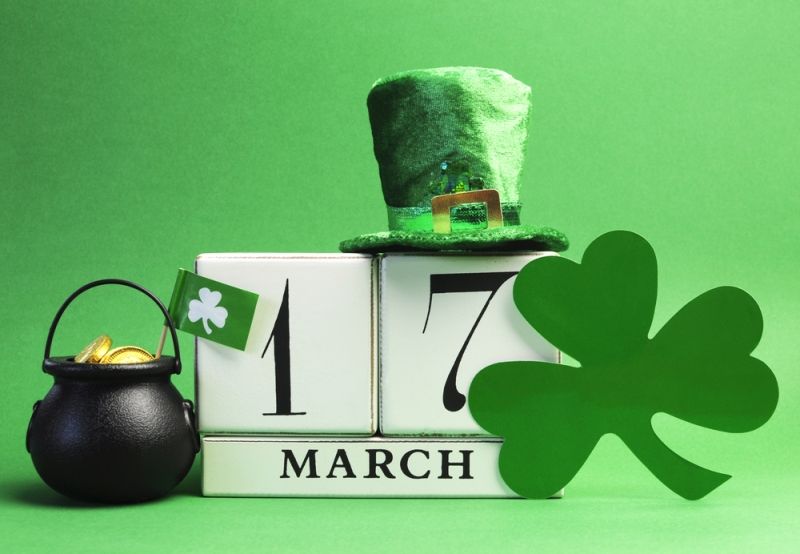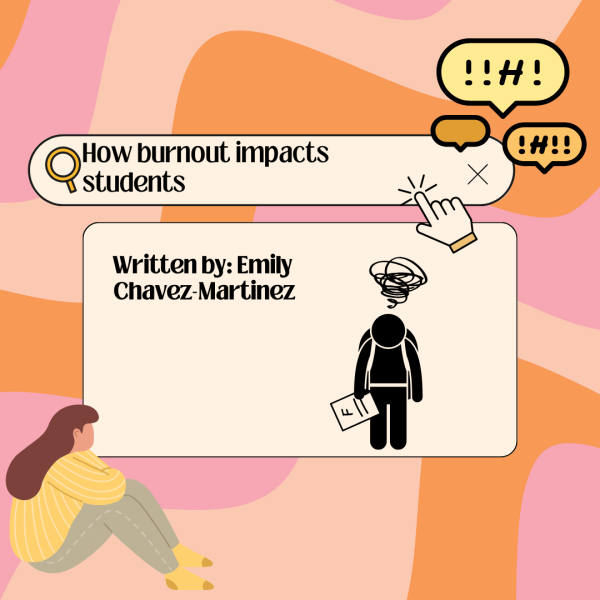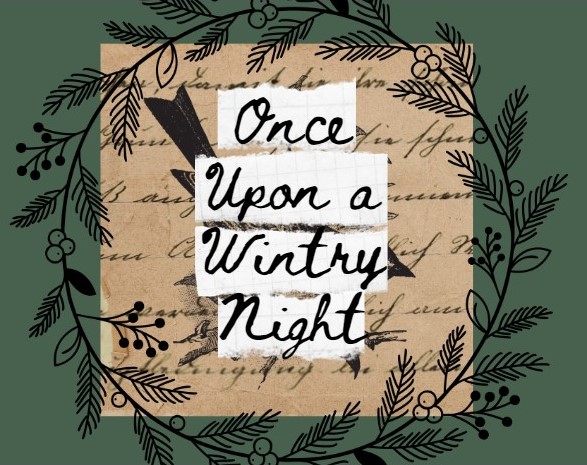St. Patrick’s Day
St. Patrick’s Day commemorates the day that Christianity first entered Ireland and is also a time when the Irish as a whole honor their history and culture. St. Patrick’s Day commemorates the passing of the patron saint of Ireland, St. Patrick. The commemoration of Irish culture during the holiday now includes parades, special foods, music, dancing, drinking, and wearing a lot of green.
The patron saint and national apostle of Ireland, Saint Patrick resided in the fifth century. He was abducted at the age of 16 and taken to Ireland as a prisoner after being born in Roman Britain. After escaping later, he went back to Ireland and is credited with converting the locals to Christianity. The first St. Patrick’s Day procession was held in America, not Ireland. Records indicate that on March 17, 1601, a parade celebrating St. Patrick’s Day was held in a Spanish colony in what is now St. Augustine, Florida. Ricardo Artur, an Irish vicar in the Spanish Colony, oversaw organizing the parade and a St. Patrick’s Day commemoration the previous year.
The Leprechaun is a representation of the Irish holiday. These folkloric characters are known by their Irish appellation, “lobaircin,” which translates to “small-bodied fellow.” Leprechaun lore is most likely derived from Celtic beliefs in fairies, small people with magical abilities who could be used for good or evil. Leprechauns were grumpy characters who fixed the other fairies’ shoes in Celtic folklore.
Most Irish emigrants to America up until the middle of the 19th century belonged to the Protestant middle class. Nearly a million impoverished and illiterate Irish Catholics fled to America during the Great Potato Famine in Ireland in 1845 to avoid starvation.
Other towns created their own customs as Irish immigrants dispersed across the country. The yearly greening of the Chicago River is one of them. When city pollution-control workers used dyes to track illegal sewage discharges in 1962, they became aware that the green dye might offer a special method to observe the holiday. To maintain the river green for a week, 100 pounds of green vegetable dye were released into it that year. Today, only 40 pounds of dye are used, and the river turns green for just a few hours to limit environmental damage.
St. Patrick’s Day is now observed by individuals from all backgrounds, particularly in the United States, Canada, and Australia. Even though most of the celebrations take place in North America, St. Patrick’s Day is observed globally in countries like Japan, Singapore, and Russia that are not in Ireland. Irish soda bread, corned beef and cabbage, and champ are all common dishes for St. Patrick’s Day. On St. Patrick’s Day, individuals in the US frequently don green attire. St. Patrick’s Day has historically been a spiritual and religious holiday in Ireland. Irish laws required that bars close on March 17 until the 1970s. But starting in 1995, the Irish government launched a nationwide effort to capitalize on enthusiasm for St. Patrick’s Day to promote tourism and Ireland.
More than 100 St. Patrick’s Day parades are held across the United States; New York City and Boston are home to the largest celebrations.
Your donation will support the student journalists of Dakota High School. Your contribution will allow us to purchase equipment and cover our annual website hosting costs.

This is Ericka Stamps. Ericka is in 12th grade. Ericka likes to tell a lot of stories. Ericka is a cheerleader at Dakota. Ericka plans to write stories...






